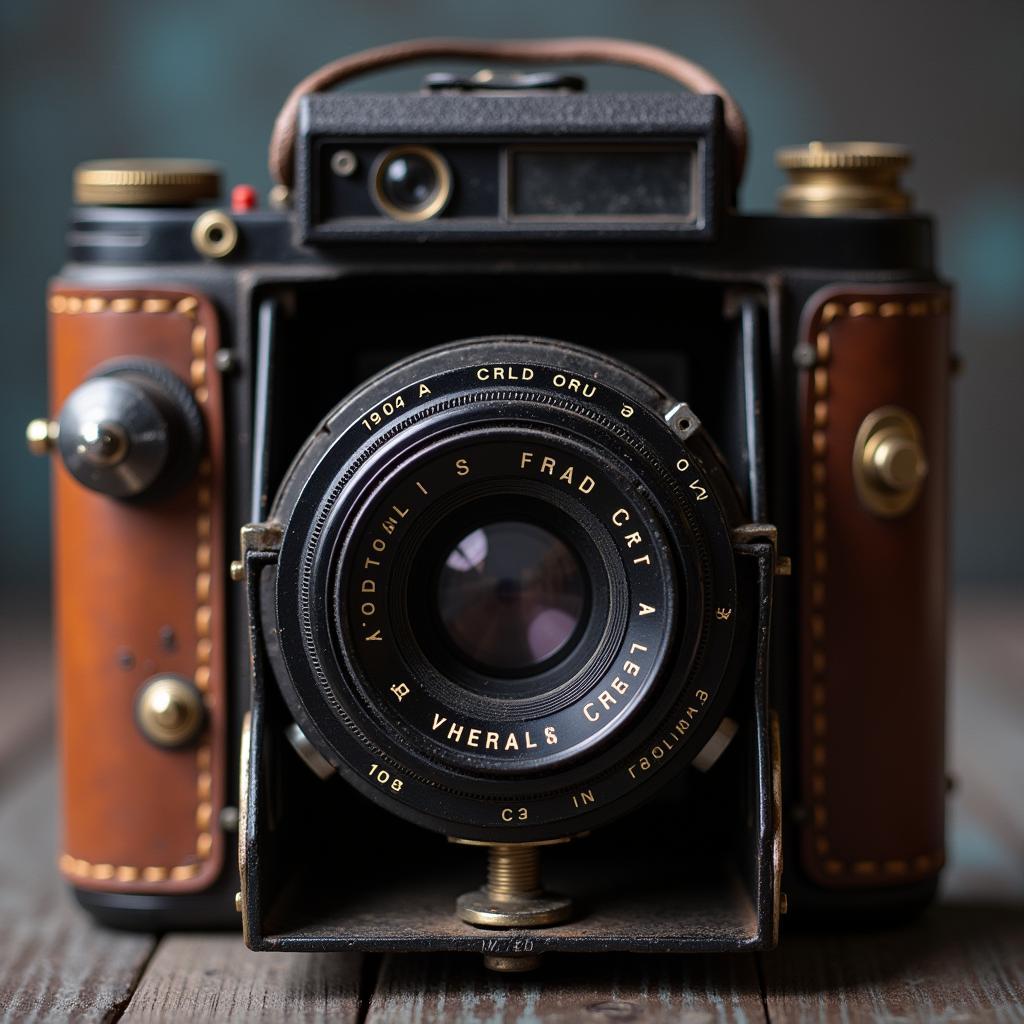Have you ever struggled to find the right words to describe your favorite object in English? Whether it’s a cherished gift, a childhood toy, or a simple item that brings you joy, being able to express its significance can be surprisingly tricky. But fear not! With a few helpful tips and tricks, you can learn how to eloquently describe your favorite object, capturing its essence and the emotions it evokes within you.
 Máy ảnh cổ
Máy ảnh cổ
Why Describing Objects Matters
Describing objects goes beyond simply listing their physical attributes. It’s about conveying their meaning and significance to you. By using vivid language, sensory details, and personal anecdotes, you can paint a picture with words, allowing others to understand and appreciate your connection to the object. This skill is not only valuable for creative writing but also for everyday conversations, presentations, and even social media posts.
Key Elements of a Great Description
Before we delve into the specifics of describing your favorite object in English, let’s lay the groundwork with some essential elements:
- Sensory details: Engage your reader’s senses by describing how the object looks, feels, smells, sounds, and even tastes (if applicable).
- Figurative language: Employ metaphors, similes, and personification to create vivid imagery and add depth to your description.
- Emotional connection: Share personal stories, memories, or feelings associated with the object to establish a deeper connection with your reader.
- Structure and flow: Organize your thoughts logically, using transitions to guide the reader through your description.
Step-by-Step Guide to Describing Your Favorite Object
Here’s a step-by-step approach to help you craft a compelling description of your favorite object:
-
Choose Your Object and Brainstorm: Select the object you want to describe and jot down everything that comes to mind when you think about it. Consider its physical appearance, history, purpose, and your personal connection to it.
-
Start with the Basics: Begin by providing a general overview of the object. What is it? What is it made of? What is its size, shape, and color? For example, you might say, “My favorite object is a small, wooden music box that my grandmother gave me for my tenth birthday.”
-
Add Sensory Details: Now, bring your description to life by incorporating sensory details. Describe the smooth texture of the wood, the intricate carvings on the lid, the sweet melody it plays, and the faint scent of cedar that emanates from it.
-
Infuse Emotions and Memories: Share what makes this object special to you. Perhaps the music box reminds you of your grandmother’s warm smile or the countless hours you spent listening to its enchanting tune as a child. For instance, you could say, “Every time I wind up the music box, I’m transported back to my grandmother’s cozy living room, filled with the aroma of freshly baked cookies and the sound of her laughter.”
-
Use Figurative Language: Enhance your description with metaphors, similes, and personification. For example, you could compare the music box’s melody to a gentle stream or describe the intricate carvings as whispers from the past.
-
Conclude with Significance: Summarize why this object is so dear to you, emphasizing its sentimental value and the impact it has had on your life. You might say, “More than just a music box, it’s a tangible reminder of my grandmother’s love and a cherished piece of my childhood.”
Example: Describing a Favorite Book
Let’s put these steps into practice by describing a favorite book:
“My favorite object is a well-worn copy of ‘To Kill a Mockingbird’ by Harper Lee. Bound in faded blue cloth, its spine is creased from countless readings, and the pages are speckled with time-worn yellow spots. The scent of old paper and vanilla – a peculiar combination I’ve come to associate with comfort and wisdom – wafts from its pages each time I open it. The story, a poignant tale of justice and prejudice set in the American South, resonated deeply with me, shaping my understanding of empathy and resilience. Each rereading feels like a conversation with an old friend, offering new insights and perspectives.”
 Sách mở và tách cà phê
Sách mở và tách cà phê
Don’t Be Afraid to Get Personal
Remember, the most compelling descriptions come from the heart. Don’t be afraid to infuse your personality, experiences, and emotions into your writing. By being genuine and specific, you’ll create a description that is both meaningful and memorable.
Need More Help?
Describing your favorite object in English can be a rewarding exercise in self-expression. If you need further assistance, our team at Thích Thả Thính is always here to help! Contact us at 0915063086, email us at [email protected], or visit us at LK 364 DV 08, Khu đô thị Mậu Lương, Hà Đông, Hà Nội 12121, Việt Nam. We’re available 24/7 to assist you on your journey to mastering the art of English communication. You might also find these articles helpful: văn tả con vật mà em yêu thích lớp 2, tả về loài chim em yêu thích, an giang các địa điểm ưa thích.
We look forward to hearing from you!